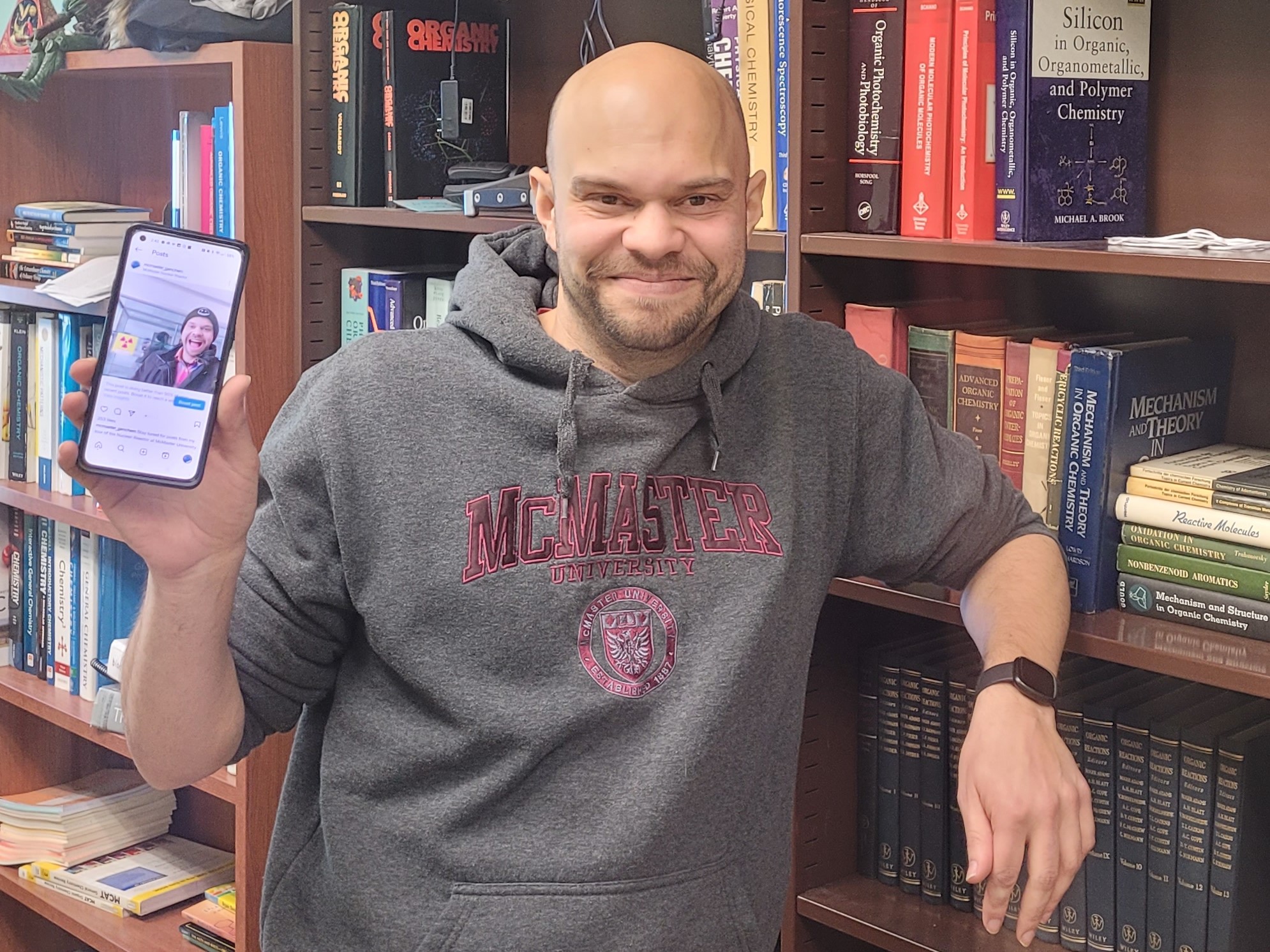Assistant Professor uses Instagram to connect with chemistry students
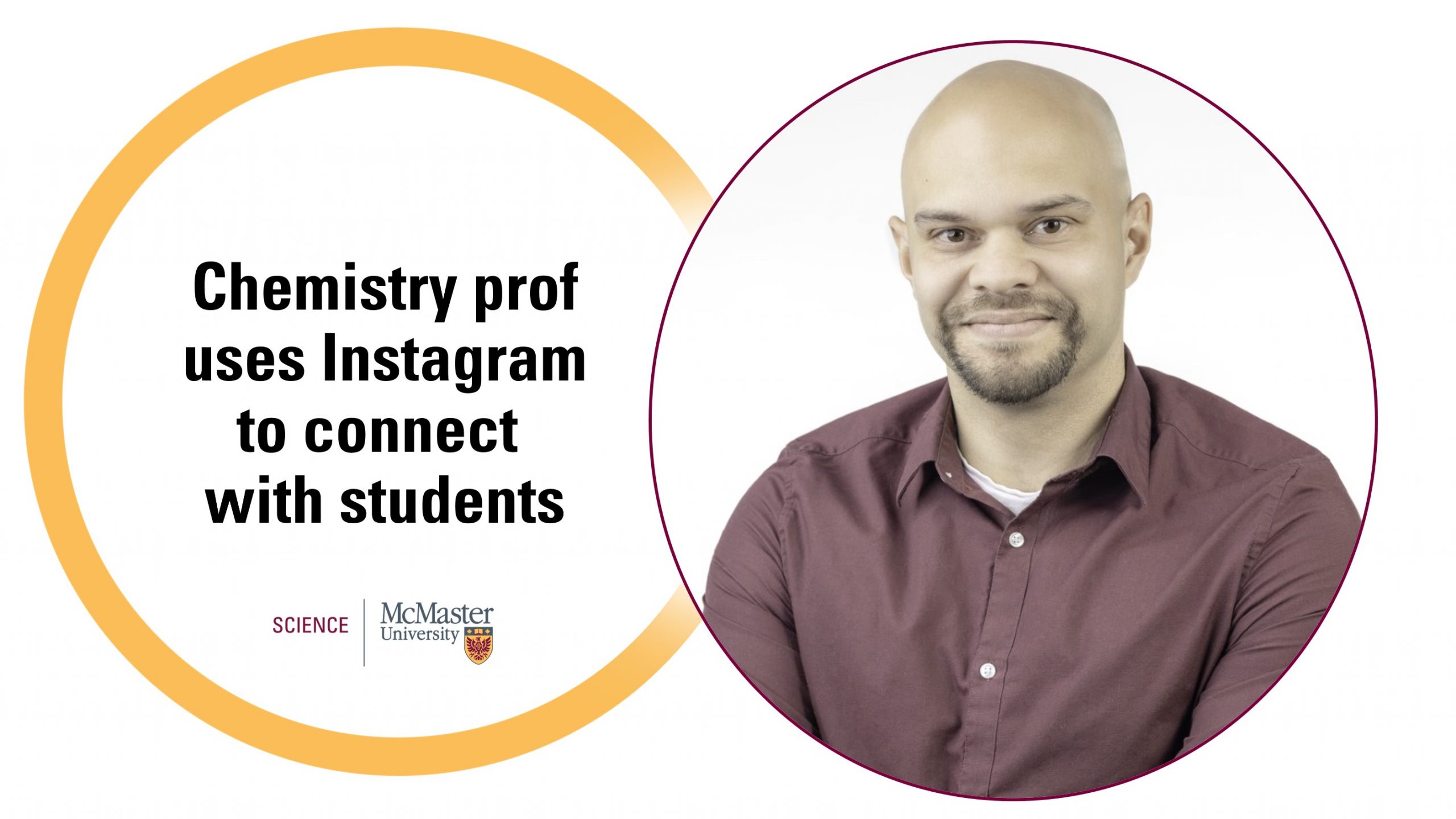
Meet students where they’re already at.
That’s why assistant professor Anthony Chibba launched Instagram accounts in his first-year general chemistry and second-year organic chemistry courses.
The accounts — @mcmaster_genchem and @mcmaster_orgochem — are earning high marks from the hundreds of students in his courses.
While it’s not mandatory, more than 70 per cent of students follow the Instagram accounts and are quick to add comments and share posts.
Anthony was asked why he decided to use Instagram for his courses, what inspires his posts, how he creates them, what the students think and where he sees this all going in the future.
Why did you decide to set up Instagram accounts for your courses?
I started using Instagram in 2018 while teaching first-year chemistry. One day, about halfway through the semester, I noticed the follower count on my personal Instagram had increased by 200-300 students overnight. This was just before the pandemic hit.
During the pandemic when teaching moved online, my posts were getting hundreds of likes which got me thinking about how this could work as an engagement tool for academic content. I started posting things like “A Day in the Life of a Teaching Professor” where I filmed parts of my day to show students what it was like teaching chemistry from home. I also did an AMA (Ask Me Anything) about myself, my job, etc. that got over 150 responses and over 1,000 views.
From there, I saw social media as a practical engagement tool for course content. It’s good for students to see the other side of us as faculty. We’re not just instructors, we’re also people with everyday lives who do a lot behind the scenes to improve student learning.
I eventually pivoted to a more formal system and created official Instagram accounts for the large courses I teach. The student engagement has been great and I like showcasing chemistry from a fun perspective on social media.
How do you incorporate Instagram into your courses?
This is the first year I’m running the official accounts. I’ve tried a few different things. I also have two Year 2 students working with me, Layan Al-Dabbagh and Marly Mikhail, whose help with creating and posting content on the @mcmaster_genchem account has been invaluable. Right now, our strategy is to create as much content as possible.
We aim for one post per day and try to change up the theme to keep things interesting. Some posts are memes, which always tie in with the concept that was taught in lecture the same day. Most of the time, students need to have seen the lecture in order to fully appreciate the meme content which encourages attendance.
We’ve also done introductions and backgrounds on faculty members. We’ve posted infographics and celebrated historical scientific discoveries on special days. We’ve even used it as a tool for recruitment into the chemical biology program through “Day in the Life” segments on Teaching Assistants. First-year students can see what upper year life is like and get a sneak preview of highlights from advanced courses.
Our posts are a mix of educational and humourous content. We like the term “edutainment” and that’s our focus.
Where do you get ideas for your Instagram posts?
Sometimes I come up with memes on the bus to work. I had a collection of memes from my graduate school days, so I’ve gotten inspiration from there, especially for humour content.
I want to show students how chemistry can be incorporated into everyday life. I ran a series called Fun Fact Friday where I posted a random, interesting anecdote that I got from my own database of chemistry facts. I’ve started to build up a library now where I can store content and repurpose it to be used year after year, refining things as needed.
How engaged are students with your Instagram accounts?
Our posts get a range of likes. Educational posts get 60 to 70 likes, while memes typically get 100 to150 likes. Students are also interested in upper-level courses. They like posts involving their TAs and working in the lab. These posts usually reach 200 to 300 likes.
We’ve also published Instagram stories calling for students to submit their own memes. Once we asked Year 2 students to direct message the @mcmaster_orgochem account with advice for Year 1 students who were writing their first chemistry test. We received over 120 responses, all of which were overwhelmingly positive, encouraging and supportive, and then posted the anonymized feedback to the @mcmaster_genchem account for first year students to see. Year 1 chemistry is early in the exam schedule. It’s the first test that many students will take, so this impression matters.
What kind of feedback are you getting from students?
Overwhelmingly positive. Students have told me that when they see memes on Instagram in the evening and they don’t understand it, they go back and watch the lecture so they can get the joke. Other students see posts as reminders to keep on top of studying and engage with course content.
We surveyed each class in the first semester and most of the comments were from students wanting to see more from us. They said they want to see “A Day in the Life” become a weekly segment. Since then I’ve tried to post more of that content, from photo-documenting my tour of the nuclear reactor to polling students about what to make for dinner and posting cooking-show style videos. I also save everything under highlights on Instagram so students can go back and watch the entire day in chronological order.
In your opinion, how do you think the Instagram accounts help improve student learning?
I think it helps keep the content fresh in their minds. Students see content from a different perspective when it’s communicated through social media. If they come across one of our posts in their social feeds while scrolling, it can prompt them to look back at their notes to see what it’s about.
All of the essential content posted on Instagram is also posted on the Learning Management System. We consider social media connections to be a secondary source of learning. Reiterating content taught in class and bringing it into students’ social feeds is a good way to reinforce material and solidify knowledge moving forward.
Would you recommend that other faculty members consider Instagram accounts for their courses?
Absolutely. There is a lot of value here because getting students more comfortable with the instructional team can have big impacts on engagement. Standing up at the front of the room, they see us as authority figures. But behind the scenes on social media, doing everyday jobs and living everyday lives, they get more comfortable with faculty as people. And the more comfortable students are with faculty, the more willing they are to trust the content they learn from them and feel less intimidated asking questions.
The next thing we want to look at is the effect on enrollment. We’ll have to wait until May to see that. Looking at past enrollment numbers, our teaching team hasn’t changed, the course content hasn’t changed, and the advertising program hasn’t changed except for the addition of the Instagram. So we want to see if our social media accounts improve student interest in taking a chemistry program.
Do you have any plans to incorporate more social media elements into your classes?
Some have suggested adding other platforms like TikTok. This year, the focus has been on expanding both the number and quality of posts. For example, we started with photo-based content and now we’re incorporating more videos. We want to incorporate tours of facilities within the department to give students a look at what goes on in the research labs. We’re looking at branching over to other STEM fields like biochemistry, physics, etc. to showcase connections between chemistry and other areas. We want to do more social media takeovers and Day in the Life segments, and try out new things too. We’re lucky to get instant feedback from students in the form of likes, views and shares. It’s about determining what works and what doesn’t, figuring out how students want to receive information and building efforts around that.
Connect with Anthony at chibbaa@mcmaster.ca.
Faculty
Related News
News Listing
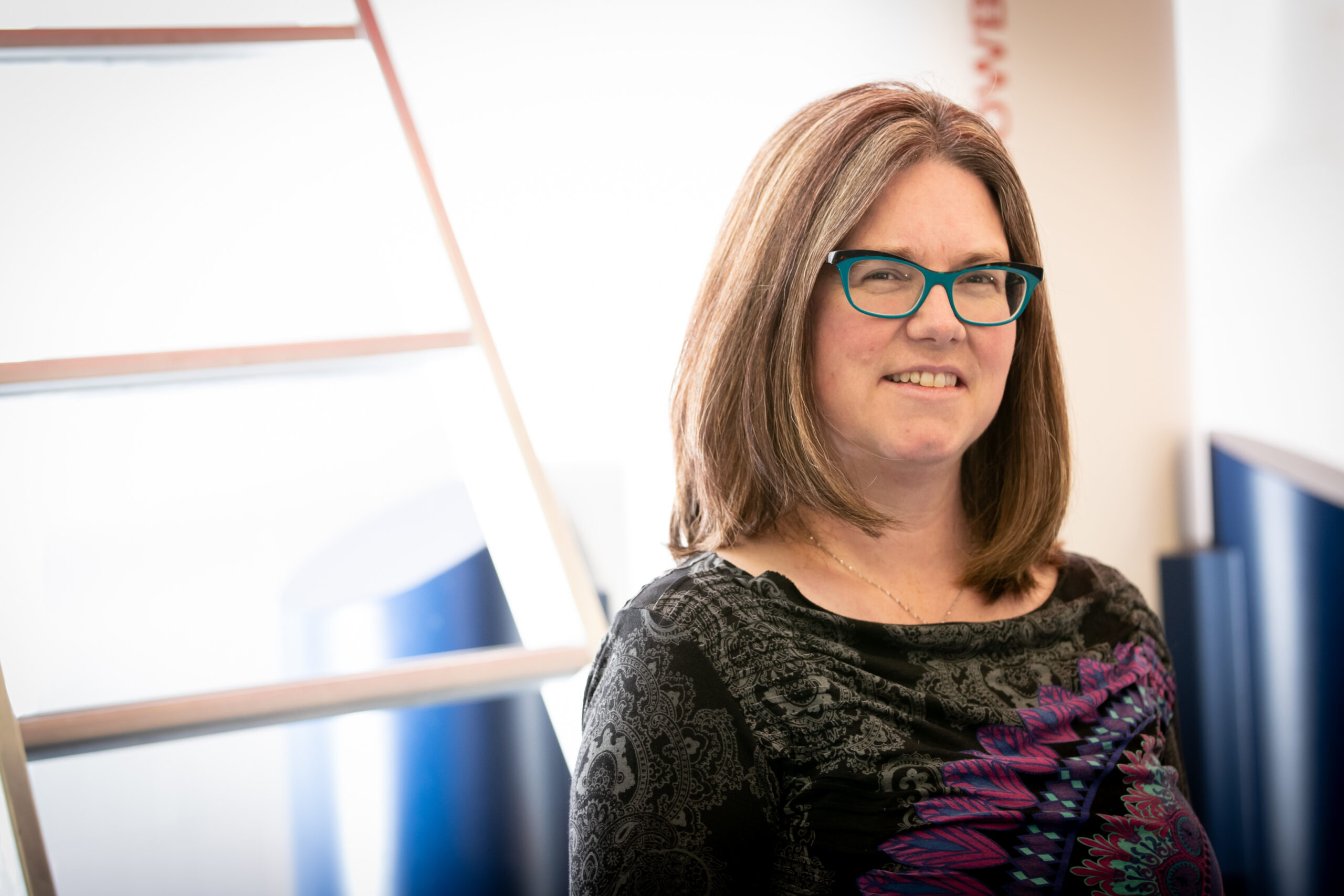
Industry partnerships power research in Energy Storage Lab
Faculty, Partnerships, Research excellence
November 5, 2024
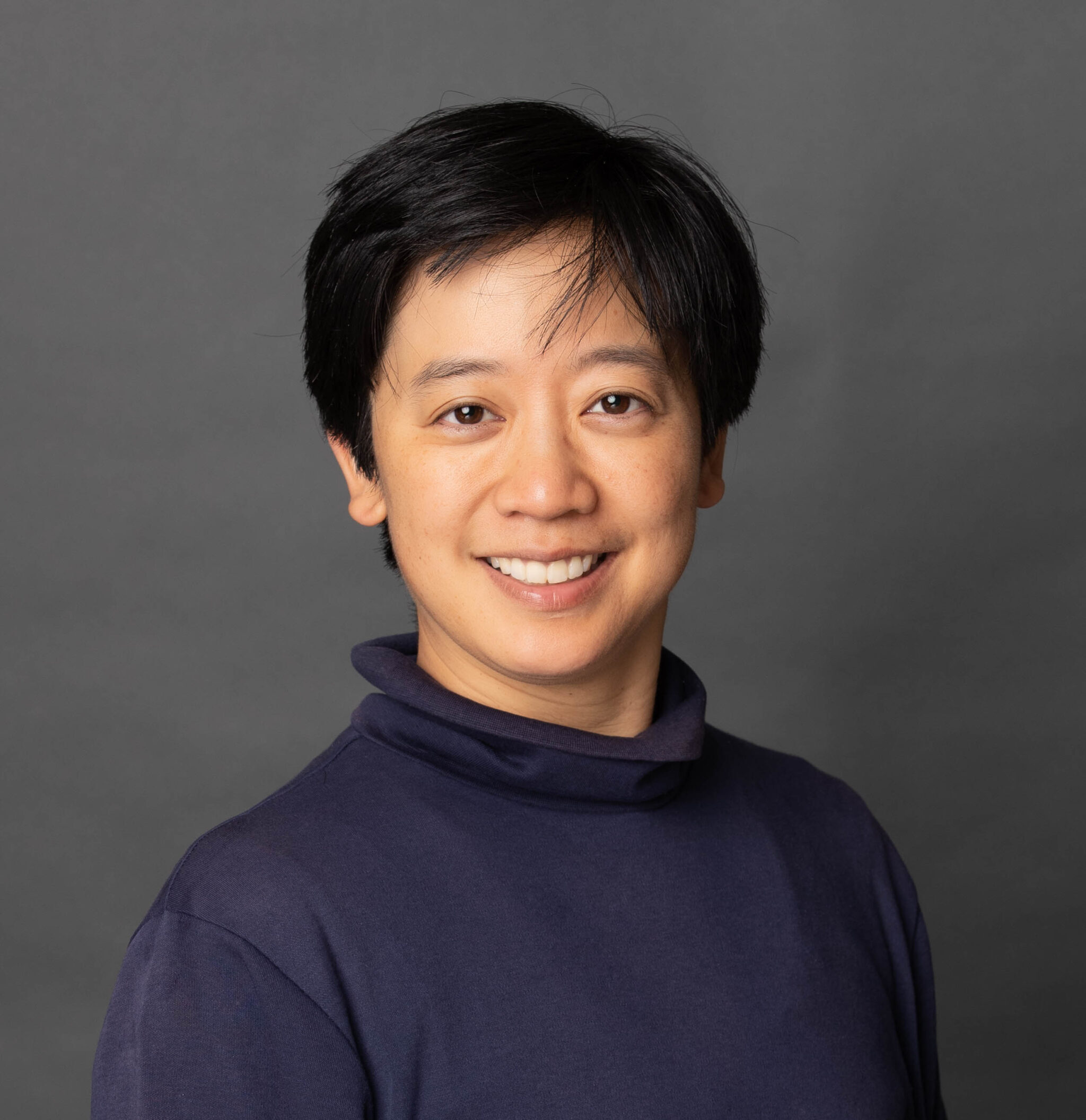
Megumi Harada one of 41 mathematical scientists from around the world to be named Fellow of the American Mathematical Society for 2025
Faculty, Research excellence, Teaching excellence
November 4, 2024
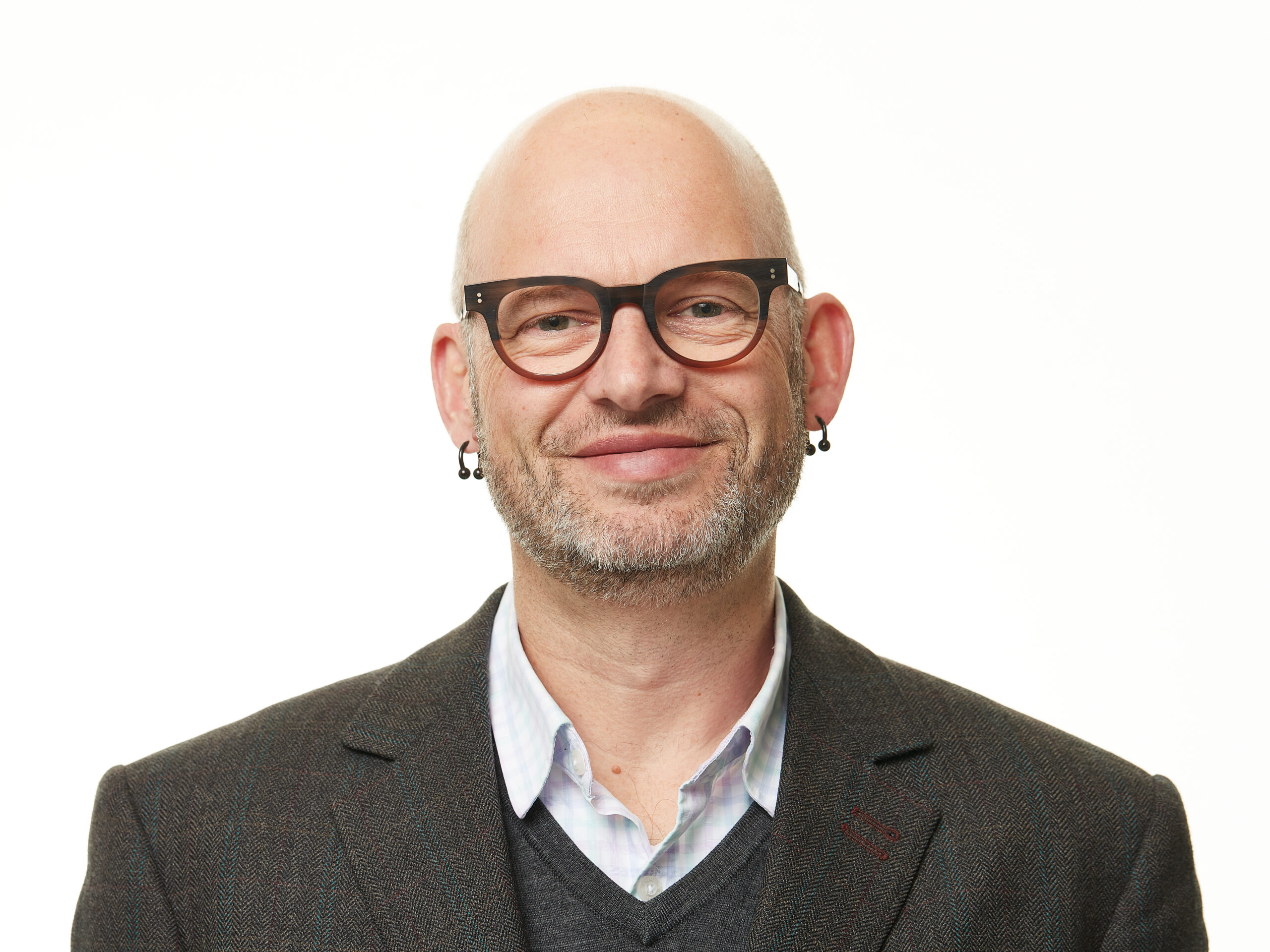
Entrepreneurship gives physics professor a whole other set of problems to solve 10 times faster
Faculty, Research excellence
October 16, 2024

